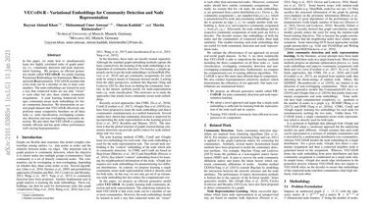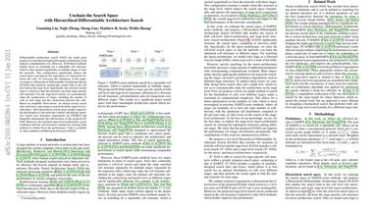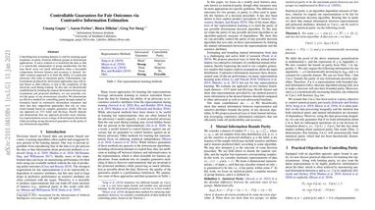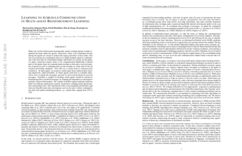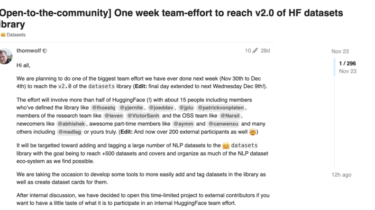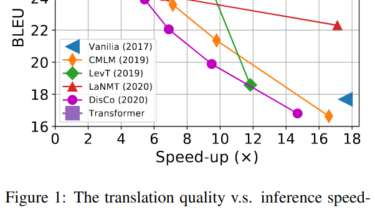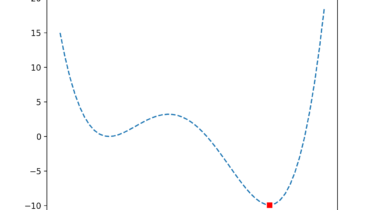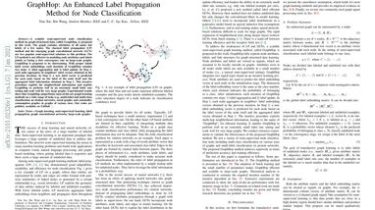Variational Embeddings for Community Detection and Node Representation
In this paper, we study how to simultaneously learn two highly correlated tasks of graph analysis, i.e., community detection and node representation learning. We propose an efficient generative model called VECoDeR for jointly learning Variational Embeddings for Community Detection and node Representation… VECoDeR assumes that every node can be a member of one or more communities. The node embeddings are learned in such a way that connected nodes are not only “closer” to each other but also share similar community […]
Read more